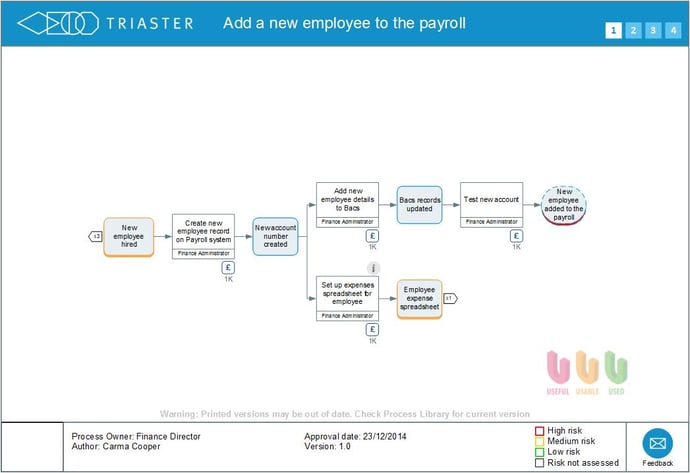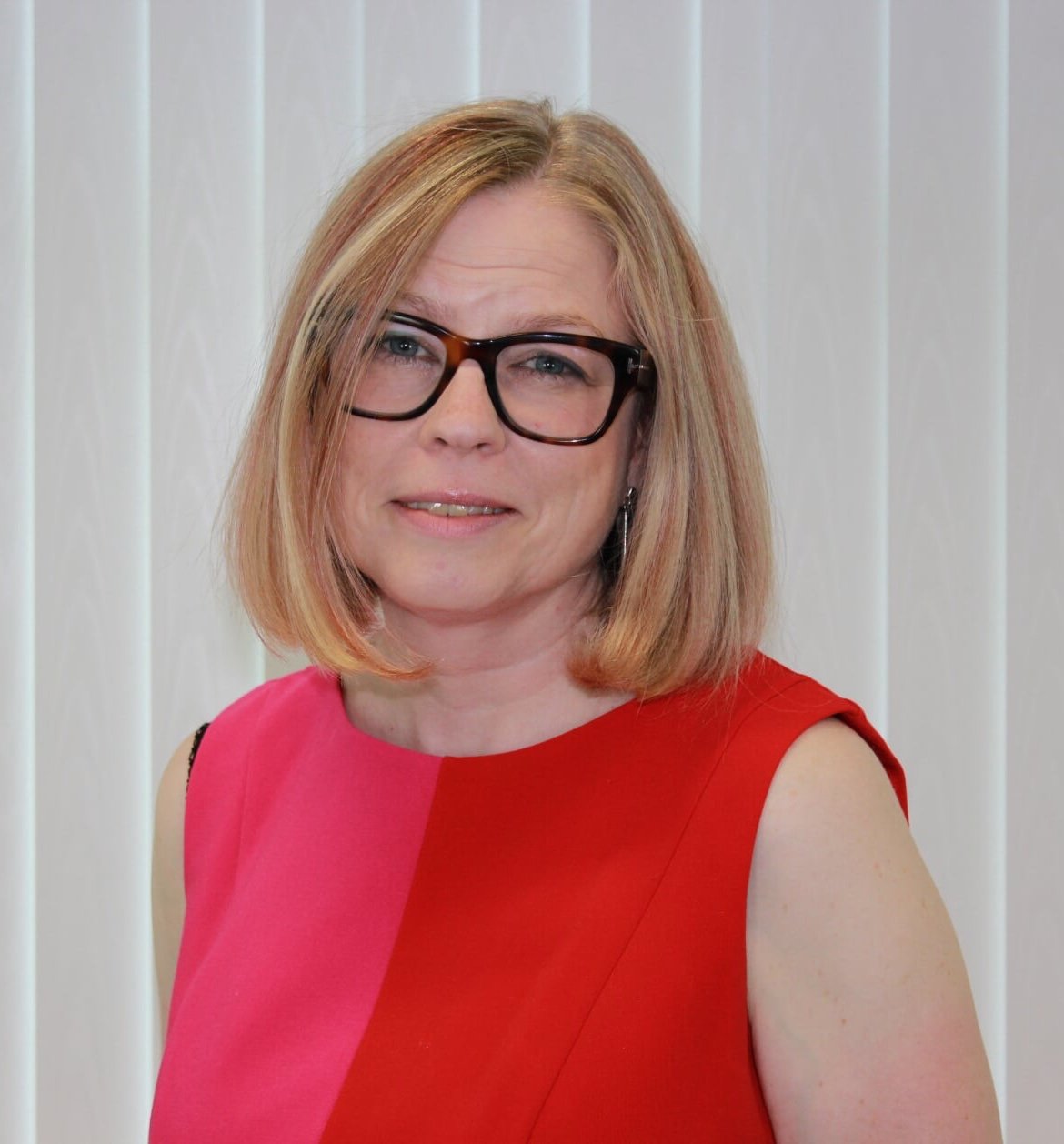“How do we ensure that when key people leave the business, their business knowledge doesn’t go with them?” Does this problem sound familiar?
Loss of key members of staff is a risk that many businesses and other organisations recognise and want to do something about. This can certainly be addressed by working on approaches to retain those staff, but ultimately, everyone has to retire and there will always be other reasons why staff have to leave, no matter how good their working conditions etc are.
So, how do we ensure that when key people leave, all their business knowledge doesn’t go with them?

Image from: www.proresumecenter.com
Improve Your Business’s Knowledge Retention With Documentation
The best way to ensure that an employee's business knowledge isn’t lost to the organisation when they leave is to capture it - or in other words - document it.
Of course not everything about a key member of staff can be captured - their personality and their practical skills for example – however, there is much that can be. So focus on that.
Identify the business knowledge that they have that can be documented and ensure that this is captured in as clear a way as possible.
The best way to do this is by process mapping.
What Is Process Mapping?
Process mapping is an exercise to identify all the steps and decisions in a process in diagrammatic form. A process map clearly shows the items used, the items produced and the main activities in between.
What Is A Process?
A process is a transformation. It transforms inputs into outputs. Another way of putting it is: a process is what we do to deliver value.
This is what we need to capture from our key members of staff.
Process maps are preferable to text based sets of instructions because they capture the steps taken to deliver the process, rather than the tasks. This means they are appealing to the eye, easy to follow and aren’t too detailed.

For more detail on process mapping please read: Process Mapping: Who does it and why?
So capture what your key employee does in process maps. Ensure that they review them and agree: “yes, that really is what I do.”
This may take a few goes. If you choose the right tool, process mapping is quite straightforward, while explaining what someone does is a lot harder.
Using a process mapping methodology like Noun-verb process mapping may help.
If needed, supporting knowledge can also be captured in a text based work instruction, which can be linked to from the process map.
Share Their Business Knowledge Using Business Process Maps
Obviously there is no benefit in documenting anyone’s key business knowledge if it is never read. This is one of the reasons why process maps work so well – they are visual and easy to read. But in order to ensure that something is read, there is more to it than just creating process maps.
The process maps need to be intelligently presented to other members of staff. Business Process Management (BPM) systems do this well. When choosing one, ensure that at the very least:
- It is accessible to all members of staff
- It is easy and pleasant to use
- It has great Search functionality

For more on this please read:
- How to share your process maps in an interactive and engaging way
- 7 key questions to ask when shopping for a Business Process Management (BPM) system
Use Their Business Knowledge to Create a BPM Culture Ahead of Time
Once in the BPM system, don’t wait until the key person has retired before using their business knowledge. Sharing and using business processes is an approach – and a culture – that needs to be embedded in an organisation. It is not a one-off.
For more information on how to achieve such a culture read the following article:
Problems with Business Process Management (BPM): Getting employees to follow the process
This is certainly not a quick process, Once it is achieved, however, many business benefits flow, not least that when your key members of staff leave, their business knowledge doesn’t go with them.
Succession Planning Tools
We hope that you have found this article helpful. Triaster has developed and delivers a Business Process Management system that has made capturing, sharing and using business knowledge simple for hundreds of businesses and organisations over the last 20 or so years; thereby ensuring that the business knowledge of key staff members is retained when they leave.
To read more about how the Triaster Platform can work as a succession planning tool to keep key business knowledge in the organisation, please read the article:
How to use your Triaster Business Process Management (BPM) System to transfer business knowledge
If you would like to learn more about this, please join our next webinar below.
Related articles:
Process Mapping: Who does it and why?
How to share your process maps in an interactive and engaging way
7 key questions to ask when shopping for a Business Process Management (BPM) system
Problems with Business Process Management (BPM): Getting employees to follow the process
Written by Emma Harris
Emma was Operations Director for Triaster for nearly 20 years, during which time as well as learning and perfecting her BPM and process improvement skills, she honed her inbound marketing expertise. She now runs D2e - Designed to engage - which designs and develops bespoke, engaging, HubSpot CMS websites, that help your entire company to grow and scale. She is delighted to still be delivering Triaster's marketing, whilst also helping other companies turn their websites into their hardest working asset.

